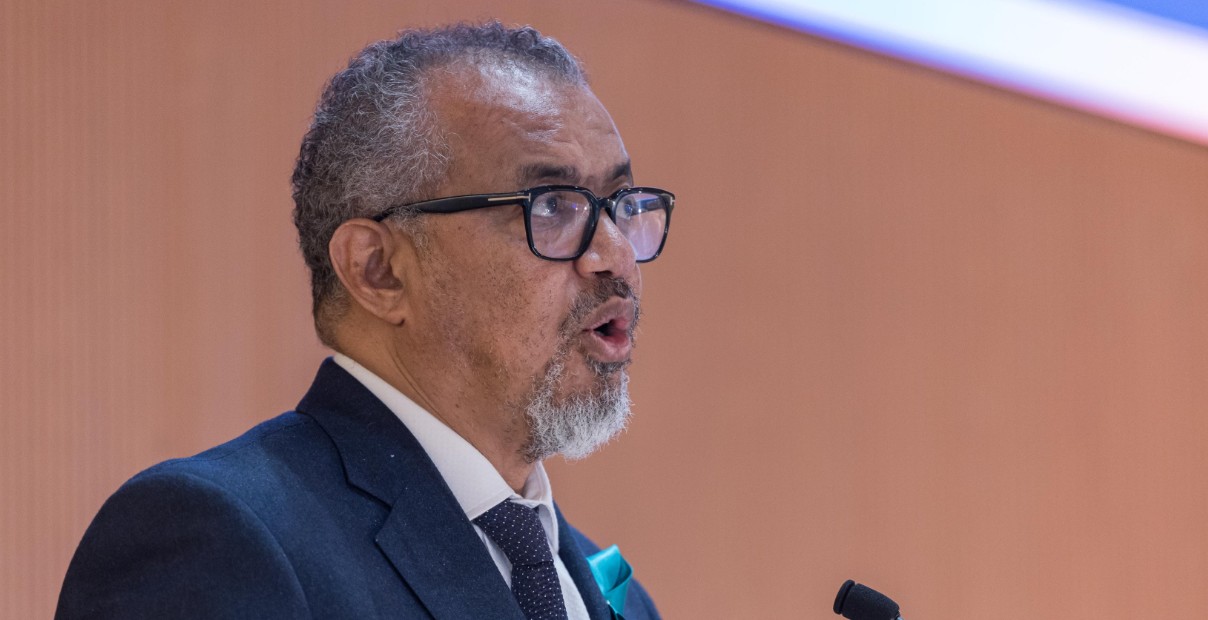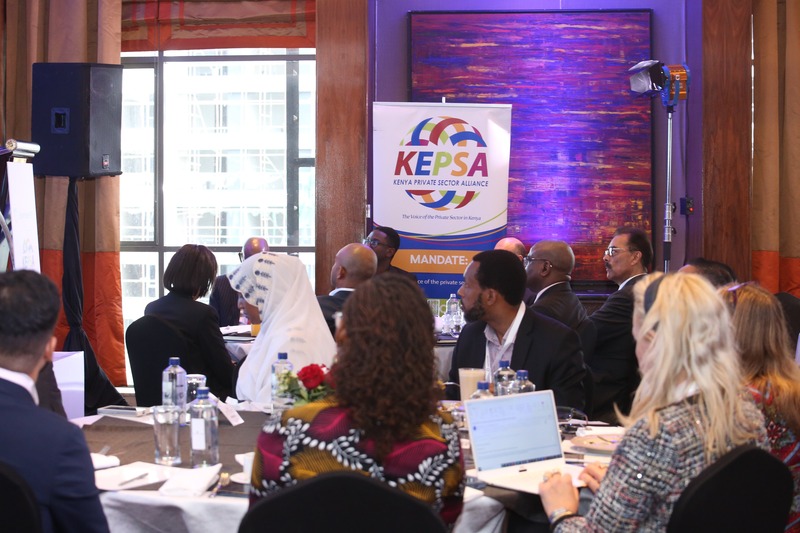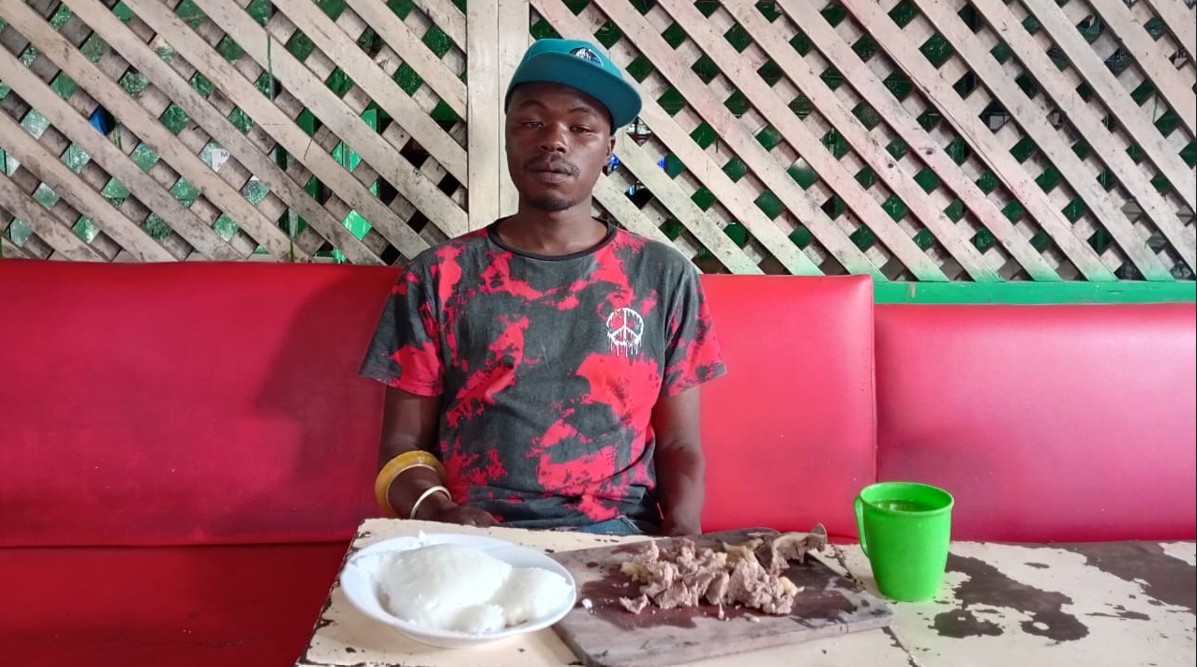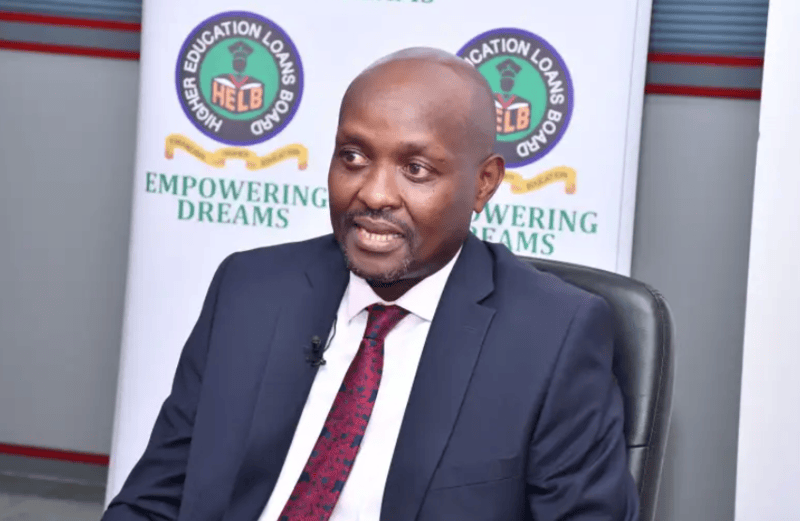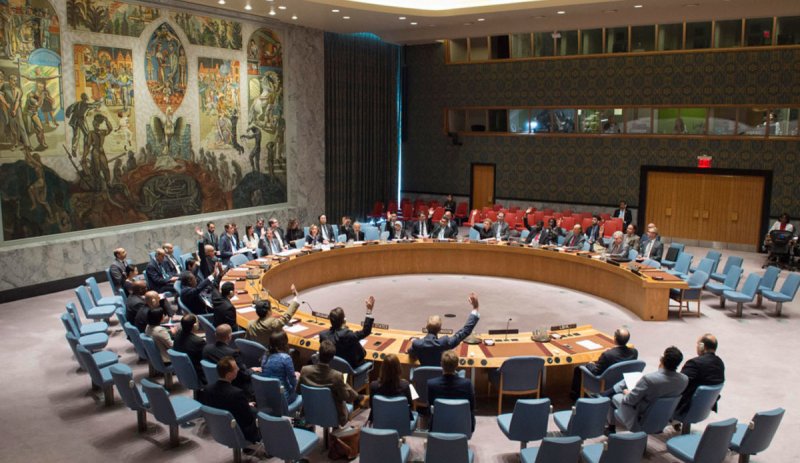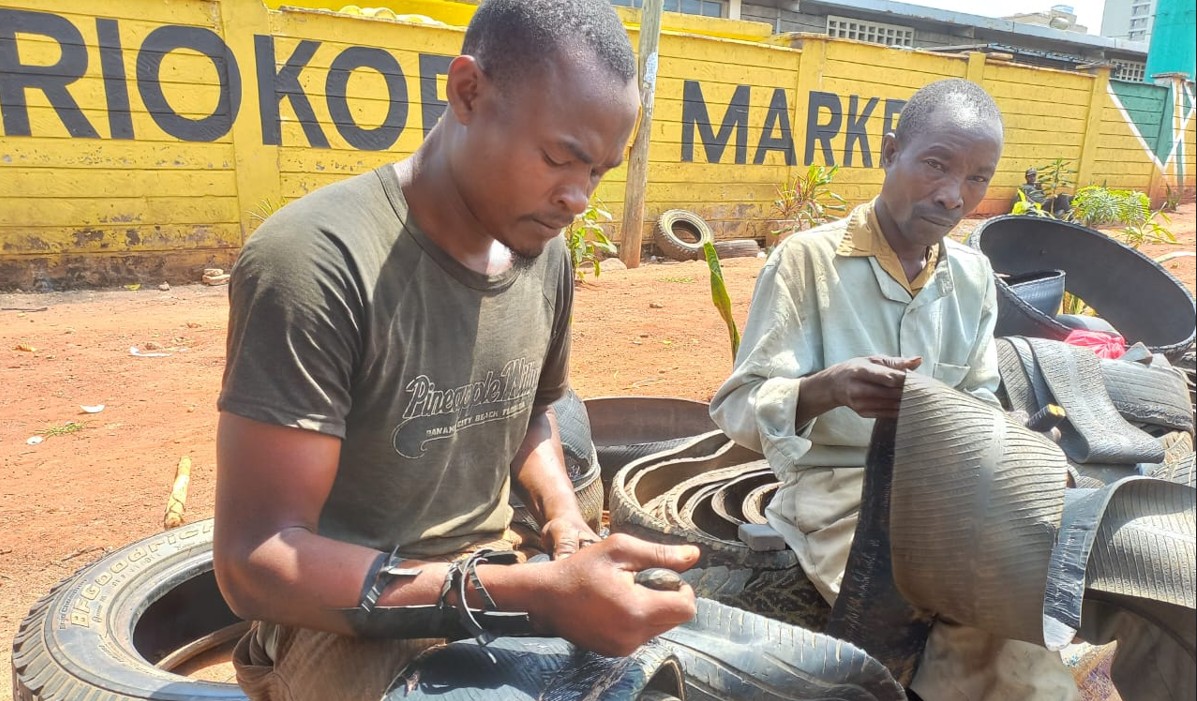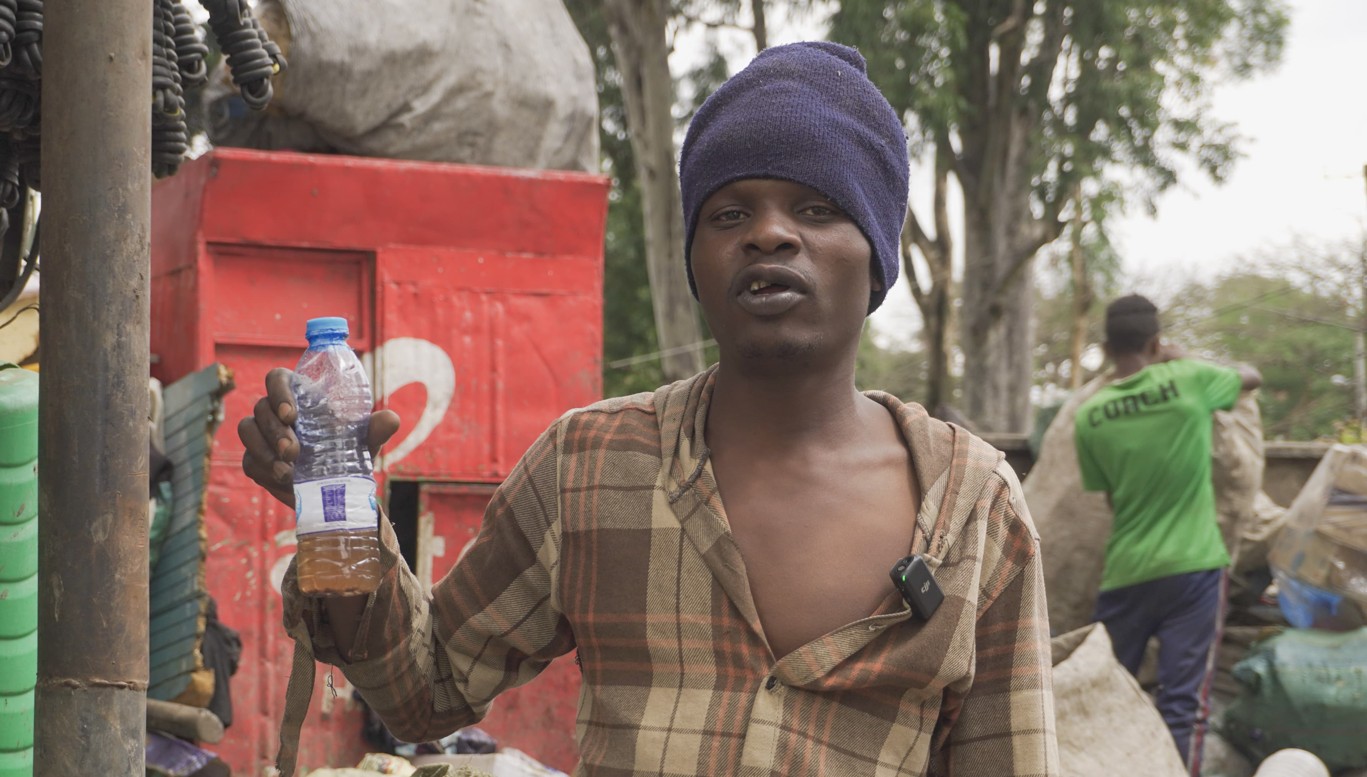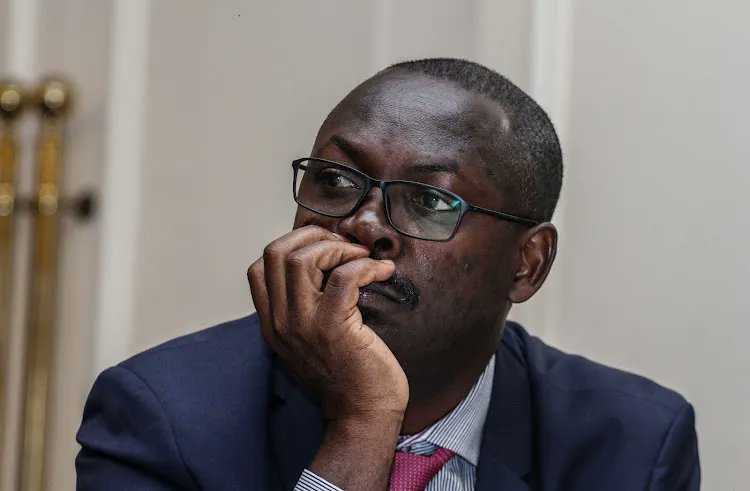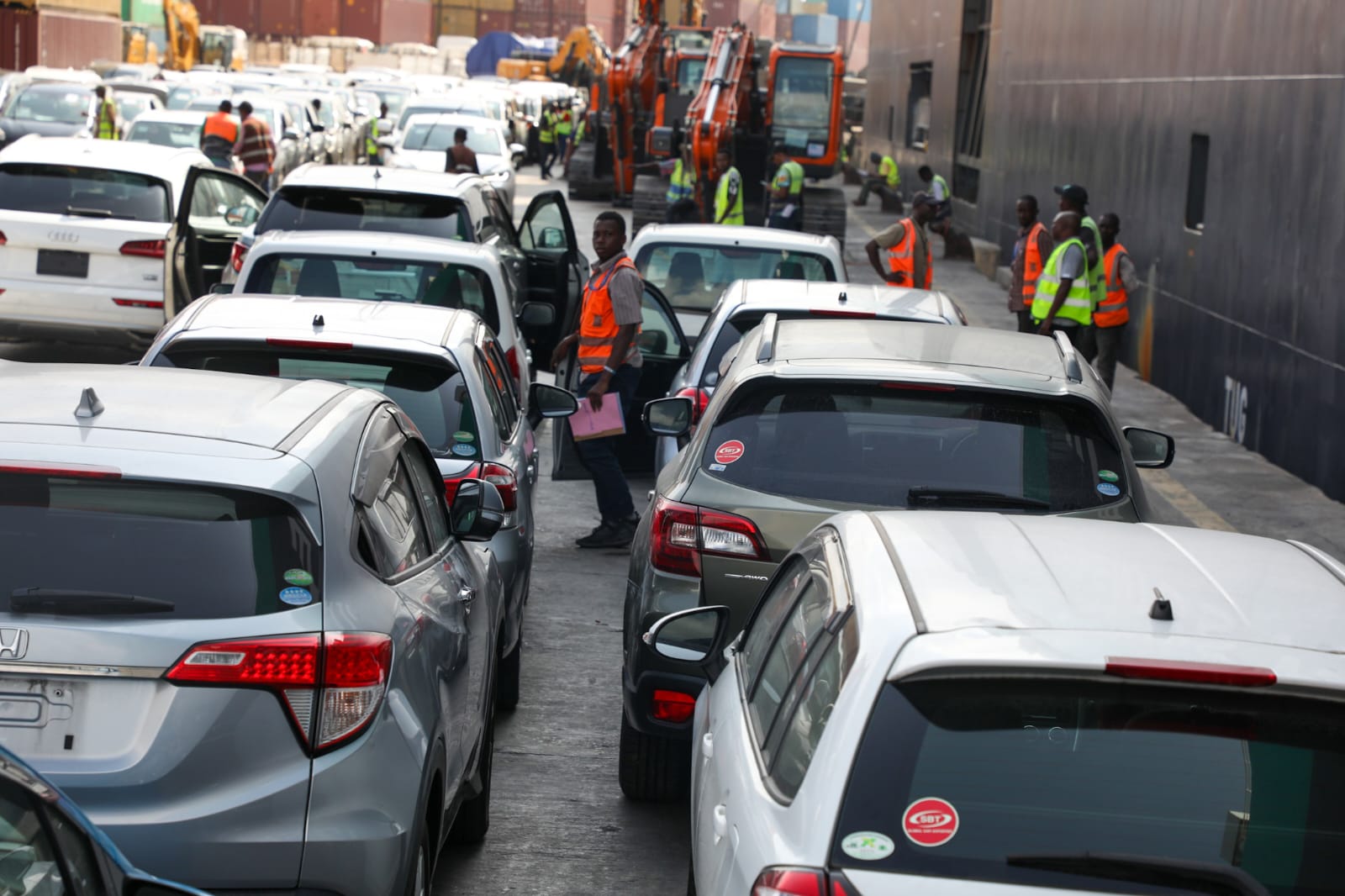How flawed charges, political overreach undermined Kenya’s biggest heroin case
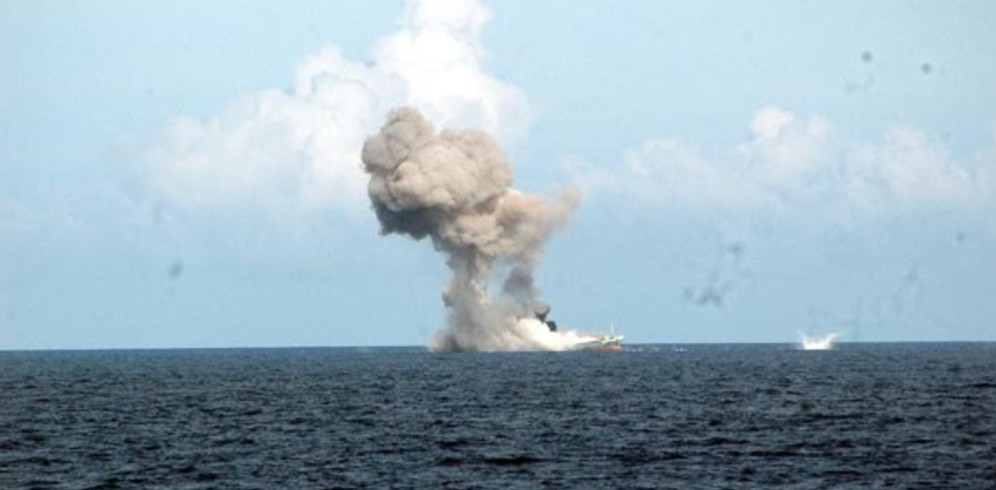
Flawed charge sheet and legal breaches lead to the acquittal of seven men in Sh1.3 billion heroin case after decade-long trial.
A flawed charge sheet and procedural missteps by anti-narcotics officers have led to the release of seven individuals convicted in the high-profile sh1.3 billion heroin case, more than a decade after the drugs were destroyed on a presidential order.
The narcotics were discovered aboard the ship named Amin Dayrya, also known as MV AI Noor, which was seized in the Indian Ocean by Kenya Navy officials and forwarded to the anti-narcotics unit, which seized the drugs before the ship and all its accessories were later destroyed on express orders from former President Uhuru Kenyatta.
More To Read
- Detectives crack down on Coast drug cartels by targeting key logisticians and storekeepers
- Relapse battle, strained family relationships pushing drug addicts to the streets
- Detectives seize cocaine, heroin worth Sh3.7 million in Coast region
- Suspected drug trafficker arrested in Mombasa, Sh1.7m recovered
- State publishes list of registered pharmacies, chemists after drug licensing review
- Suspected drug trafficker Said Ali arrested in Kilifi
Yousuf Yakoob, Yakoob Ibrahim, Saleem Muhammad, Bhatti Abdul Ghafour, Baksh Moula, Pak Abdul Ghaffar and Mohammed Seleh were found guilty and sentenced to life imprisonment by a magistrate's court on March 10, 2023, after a trial spanning close to 10 years and involving 35 witnesses.
The seven were, however, released last week after an appellate court sitting in Mombasa found that the charge as drawn was defective and that there were too many breaches of the law in the manner in which the case was handled, meaning the appellants cannot be said to have had a fair trial.
"They cannot be described as minor breaches which can be ignored. Accordingly, the appeal succeeds. The conviction is quashed and the seven appellants acquitted of the charge of trafficking in narcotic drugs contrary to Section 4(a) of the Narcotic Drugs and Psychotropic Substances Control Act No. 4 of 1994. The sentence is set aside, and the seven appellants may be set at liberty. It is so held," Justice Wendy Kagendo ruled.
The appellants had been charged that on diverse dates between July 2, 2014 and July 18 2014, at Kilindini Port in Mombasa, jointly with others not before the court, were found trafficking heroin weighing 377.224 kilos.
Ship intercepted
The ship carrying the heroin was intercepted within Kenyan territorial waters on July 1, 2014.
While being escorted to the dock, the ship suddenly changed course, prompting concern from the Kenya Navy officials accompanying it. They were informed by the ship’s agent that the vessel had been instructed to head to Zanzibar instead of Mombasa. However, it was redirected to Kilindini Port in Mombasa, as originally planned, and arrived there on July 3.
In their appeal, the appellants claimed they were arrested, searched, and subjected to trauma between July 2 and July 18, 2014, in complete disregard of their status as foreigners, without a warrant, without legal representation, and without any official from their embassy or foreign mission present to witness the ordeal.
The convicts argued that the trial magistrate erred in law and fact by convicting them in proceedings held in a language they did not understand.
They added that the magistrate relied on evidence whose chain of custody could not be ascertained to convict and sentence them.
In their defence, they claimed the evidence was planted, arguing it was obtained without their legal counsel present—a right they said was denied to them.
They also argued that the trial ignored the United Nations Convention on the Law of the Sea (UNCLOS) 1982 and other treaties and agreements that Kenya has signed.
Different locations
They supported this argument with evidence produced by three Kenya Navy officers involved in the interception of the vessel, who mentioned different locations where the interception occurred.
"Whereas PW5 stated it was about 6 nautical miles within the territorial sea, PW6 stated that it was within 203 nautical miles and that it took the Navy ship 8 hours to reach the vessel from Lamu. That certainly was not within the 12 nautical miles' territorial sea but within the 220 nautical miles Exclusive Economic Zone," the court of appeal heard.
"The destruction of the evidence, in particular the shelling and blowing up of the vessel, which vessel had been 'intercepted' and unlawfully arrested while on international waters, in the middle of the sea in the full glare and witness of the whole world while the trial was still underway, on the orders of the head of state of the republic of Kenya who witnessed the exercise... was a clear indication that the case the accused were facing had already been determined," the appellants added.
Another argument by the appellants was whether the evidence obtained from a confession from the captain and the crew who admitted to having the drugs was collected legally.
They said that once the first package was recovered, the subsequent confession was also unprocedural.
They also questioned what transpired between 2nd and 18th August 2014, during which the intercepted ship was effectively under arrest and heavily guarded by the Kenya Navy and maritime police officers.
"This is also the time when the search and recovery were going on. Basically, the vessel was a crime scene. Can we logically say the appellants were trafficking drugs at the crime scene? Again, no," they argued.
Quantity of drugs
The seven also questioned the quantity of drugs, especially the amount found in the liquids.
Court evidence showed that only samples of the liquid tested positive for traces of heroin, while the charge sheet claimed the entire liquid was heroin, a discrepancy the appellant also raised.
The last issue that the appellants questioned was the state's lack of proof that the entire crew acted with one common intention as required under Sections 20 and 21 of the Penal Code.
"The defence stated that each of them was hired separately, and they found that the ship had already been loaded. The senior investigator should have considered some aspects, such as where the owner may have loaded the drugs without the crew's knowledge or involvement. In this case, the captain may have been complicit, but it was not proved that all the crew were aware," they said.
Ship destroyed
On September 2, the ship and all its contents were destroyed, despite a court ruling on August 28 rejecting a state request to do so. The court had objected to the destruction, even though the state argued that no one had claimed the vessel, it was costly to store, posed a danger to other ships in the port, and threatened human safety.
This was against an earlier ruling by Justice Gicheru CN who argued that such a ruling needed the presence of the lawyer of presumed owner of the vessel, who at the time was unavailable owing to the death of his father, adding that the court had fasttracked the hearing of the case to hasten the destruction of the drugs therein.
Nevertheless, the magistrate court took judicial notice of the destruction under Section 60 of the Evidence Act and ruled to proceed with the trial despite observing that the destruction of the ship and drug haul did not comply with the law.
Determination
The appellate court agreed with the prosecution that the vessel's interception was lawful as the nationality of the vessel could not be established.
"The ship had no flag. It had two names painted on it and two sets of documents that were not updated. There was no agent, and the owner was not confirmed. Consequently, the interception was lawful," Justice Kagendo ruled.
She, however, noted that the prosecution did not prove that the point of interception was within the territorial waters.
At the same time, she observed that after the interception, there were no clear details of how the initial suspicious package was recovered, and no search warrant was obtained to permit the search; hence, the law was not followed.
"Once the first package was recovered, the subsequent confession was also unprocedural. It was noted that the crew members did not speak or understand the English language. It was only the captain who spoke a little bit with difficulty. His said confession was also obtained under very stressful conditions when his crew member died under mysterious circumstances and at night," the judge added.
The court further determined that the prosecutor's assertions that the drugs were thrown into the hideout when the ship was at the anchorage contradicted the evidence issued by a welder who was contracted to cut a hole on the cargo deck to retrieve the concealed heroine, who said he observed "old cuts and welding" on the floor of the ship.
"According to all the prosecution witnesses, only the first package of 994 grams was on the cargo deck. Yet the charge states that the entire lot was on the cargo deck. The evidence states that the rest of the heroin was in the ballast tanks and diesel tanks."
Quantity of drugs
This meant there was an exaggeration of the quantity of drugs, which affected the value and consequently the sentence that was meted out.
Moreover, the court noted that, unfortunately, the vessel was destroyed before the defence had any chance to cross-examine or point out such issues to the court and in contravention of an earlier court order.
"As earlier noted, the case started with some intelligence, and it appears that someone out there was calling all the shots. That is the only explanation as to why all our rules of procedure were thrown out the window. I have noted it was not due to want of experience, as we had some of our best officers handling the matter. This culminated in the much-publicised destruction of the vessel by the executive despite the existing court order.
Justice Kagendo upheld the appeal, ruling that the admission of the disputed evidence would make the trial unfair and undermine the integrity of the justice system.
She ruled that procedural laws cannot be rubbished, come what may, and at whatever cost.
"I note that the appellants were elderly foreigners who could barely follow what was going on. As stated above, there was the hand of big brother, the undisclosed informer, but we do not bend all our rules to please someone. I say this because from the proceedings, we can neither blame ignorance nor inexperience. We had very senior and capable officers," the judge said.
Top Stories Today

